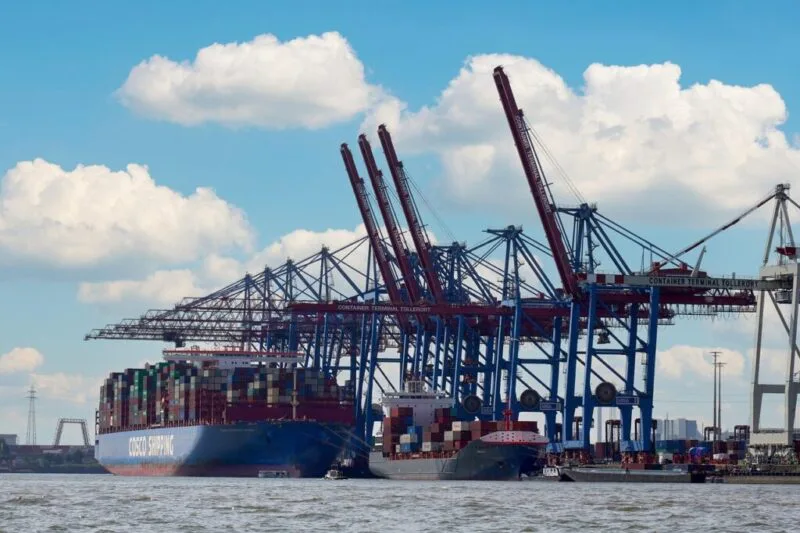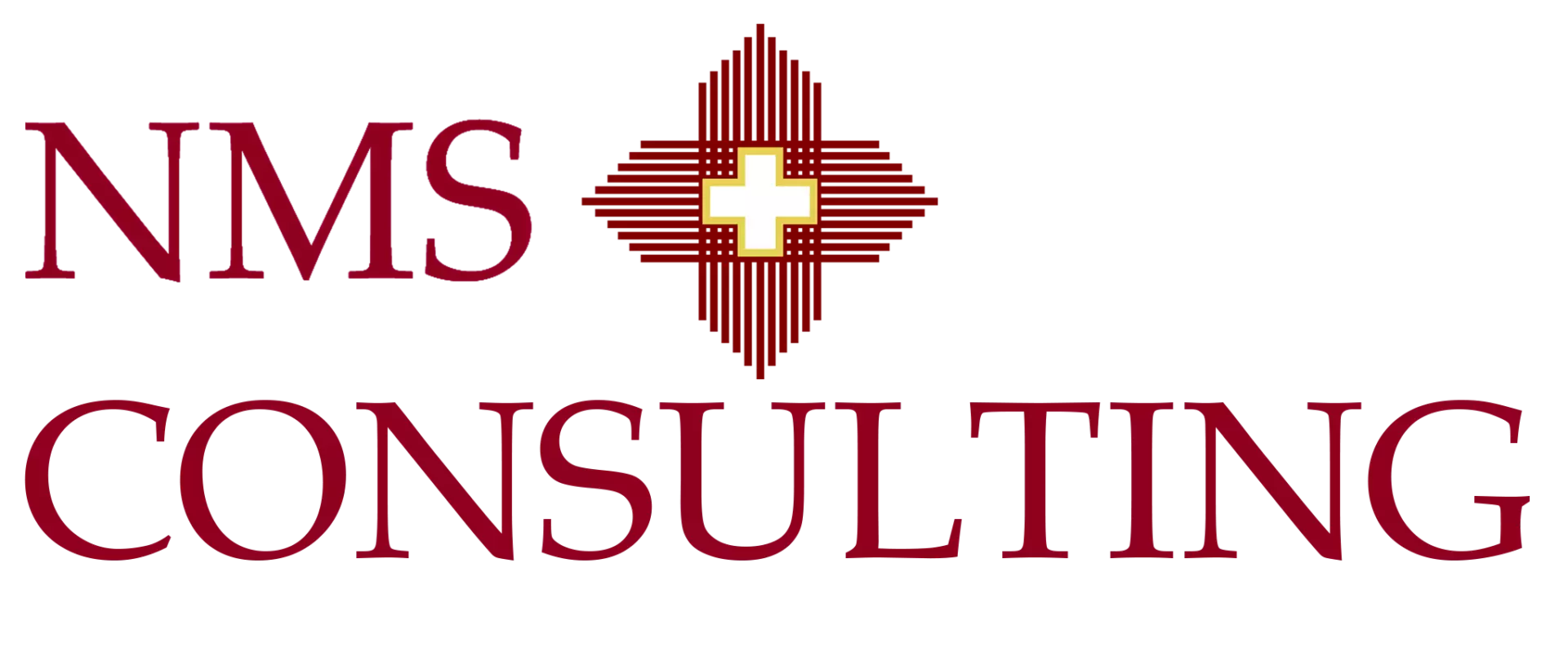Supply Chain Risk Management Consulting: Guarding Value in Volatile Networks

By ,
Supply chain risk now shapes board discussions on strategy, investment and resilience. This article explains how specialist consulting support helps companies see where they are exposed, decide which risks matter most and build a practical operating rhythm that keeps disruption from turning into lasting damage.
Key points for leaders
- Risk in global supply networks has shifted from rare events to regular pressure, which requires a standing risk capability instead of occasional fire drills.
- Effective consulting work combines supplier data, financial exposure and scenario thinking to build a single view of risk that executives and planners can both use.
- The most successful programmes finish with clear ownership, playbooks and a short list of KPIs that fit into monthly business routines.
Why supply chain risk management is now a board topic
Supply chains carried hidden fragility for years. Trade disputes, extreme weather, cyber incidents and pandemics turned that fragility into visible disruption. In recent surveys by
Gartner, more than forty percent of procurement leaders describe supply disruption as their main risk, ahead of traditional cost concerns.
At the same time, most networks have already been redesigned at least once in the past few years as companies nearshore, dual source or resegment their supplier bases. Another Gartner study found that more than seventy percent of companies have changed their supply chain network design in the last two years, with risk management now a core driver rather than only cost optimisation.
Leaders therefore need a way to treat risk as part of normal decision making. Supply chain risk consulting helps set up this capability. It turns disconnected supplier data, contracts and KPIs into a clear view of where the network is vulnerable, which risks the company is willing to carry and what will trigger action.
Ready to stress test your supply chain risk exposure?
How consulting teams map supply chain risk
A good engagement starts by building a single risk map that can be read at different levels of detail. Consultants combine internal data with external sources to draw that picture, then help teams agree on a shared language for risk categories and thresholds.
Typical risk categories include:
| Category | Examples | Signals to track |
|---|---|---|
| Supply disruption | Plant fires, port closures, strikes, extreme weather | Supplier incident alerts, port and lane status, regional news feeds |
| Financial and concentration risk | Supplier insolvency, heavy spend with one supplier or country | Credit scores, spend concentration by supplier and region |
| Regulatory and ESG | Sanctions, labour rules, environmental restrictions | Watchlists, due diligence results, audit findings |
| Cyber and data | Ransomware, supplier system compromise, shared platform outages | Security ratings, incident reports, access review results |
| Quality and safety | Defect spikes, recalls, non compliant materials | Non conformance rates, returns, customer complaints |
Consultants often align the approach with standards such as
ISO 31000 to make sure risk identification, assessment and treatment follow recognised principles rather than one off lists. The result is a map of suppliers, sites, lanes and materials tagged with both likelihood and impact, which becomes the basis for design decisions.
For companies with complex manufacturing or aftermarket networks, the work can extend into detailed studies such as
OEM supply chain consulting or
automotive supply chain consulting, where part criticality, engineering change control and regulatory exposure need special attention.
What a supply chain risk consulting engagement looks like
No two networks are the same, but effective engagements usually move through three phases. Each phase produces tangible outputs that the client can keep using after the project ends.
Phase 1: Risk baseline and design rules
The first phase gathers data and interviews to produce a risk baseline. Activities include material and supplier criticality scoring, revenue at risk calculations, network mapping and review of current business continuity plans. Consultants work with the client team to define simple design rules, such as the acceptable share of volume with a single supplier or region, or the minimum due diligence standard by risk tier.
Phase 2: Mitigation levers and playbooks
Once the baseline is clear, the team develops mitigation levers. Typical moves include dual sourcing, safety stock tuning, alternate transport lanes, supplier development programmes or nearshoring. Consultants document these as playbooks so that planners and procurement teams know which levers to pull when a risk threshold is crossed.
Phase 3: Embedding the operating rhythm
The final phase focuses on routines. Examples include a monthly risk review as part of the sales and operations planning cycle, quarterly supplier risk reviews and annual stress tests on scenarios such as port closures or cyber incidents. Consulting teams help define who owns each risk, which dashboards are reviewed and how decisions are recorded for audit and learning.
NMS supply chain risk specialists often connect this work with programmes covered on the
supply chain risk management consulting services page and the
supply chain risk blueprint, so that risk is tied directly to cost, service and sustainability targets rather than treated as a separate initiative.
Designing a practical supply chain risk dashboard
Many organisations try to manage risk with static spreadsheets. These become outdated quickly. A better approach is a small, focused dashboard that combines a few indicators everyone agrees on and that can be refreshed automatically.
A typical consulting project will help define three levels of information:
- Board view. Headline risk exposure by region, critical material and top suppliers, with trend arrows and a short list of watch items.
- Operational view. Alerts on supplier incidents, shipments at risk and exception queues for planners and buyers.
- Specialist view. Deeper drill downs for risk and compliance teams, including due diligence history and regulatory mapping.
Data sources can include internal systems, third party risk feeds and public data such as
World Economic Forum risk reports or industry resilience studies. The key is to reduce noise and focus on the combination of likelihood, impact and time to recover.
Would a clearer risk dashboard help your supply chain team move from firefighting to planning?
Frequently asked questions
What is supply chain risk management consulting?
Supply chain risk management consulting helps organisations identify, measure and reduce exposure across suppliers, logistics and key materials. Consulting teams map critical items and suppliers, organise risks by category and likelihood, design mitigation levers such as dual sourcing or inventory policies and set up routines for monitoring and response.
When does it make sense to bring in external supply chain risk advisers?
External advisers are most useful when the supply chain faces frequent disruption, relies heavily on a small number of suppliers, is entering new regions or is exposed to complex regulations. They provide tools and experience that help set up a repeatable risk process rather than only reacting to each disruption as it comes.
How far into the supplier tiers should risk management reach?
Most programmes start by stabilising tier one suppliers, then expand to critical tier two and tier three suppliers for key materials and components. Consultants help prioritise where to go deeper based on revenue at risk, lead times, substitutability and regulatory exposure.



